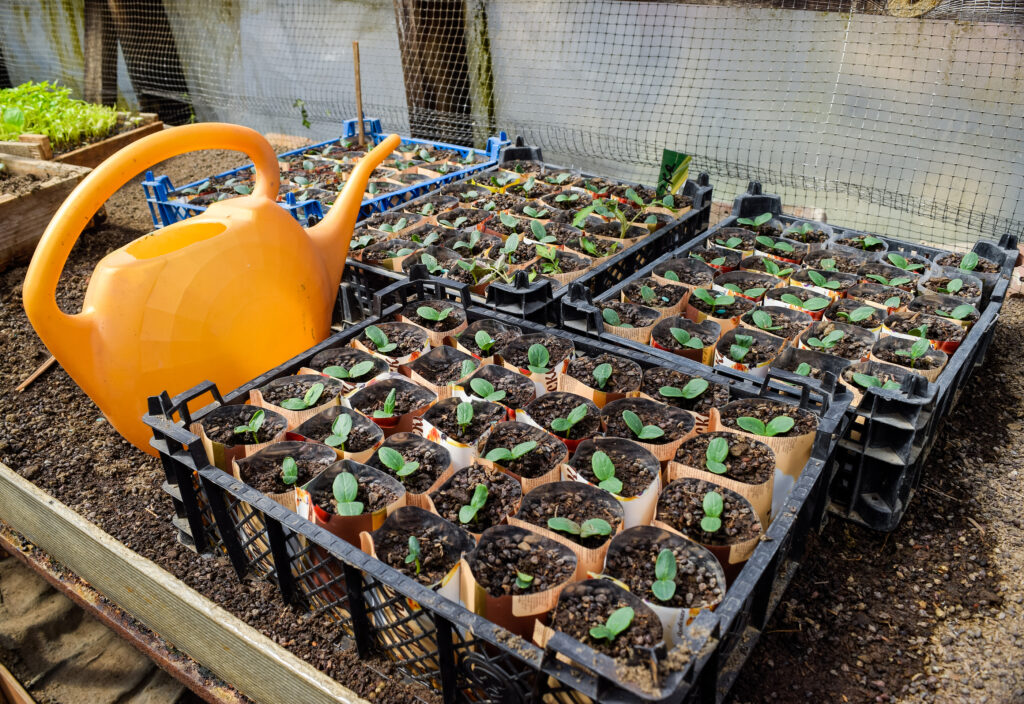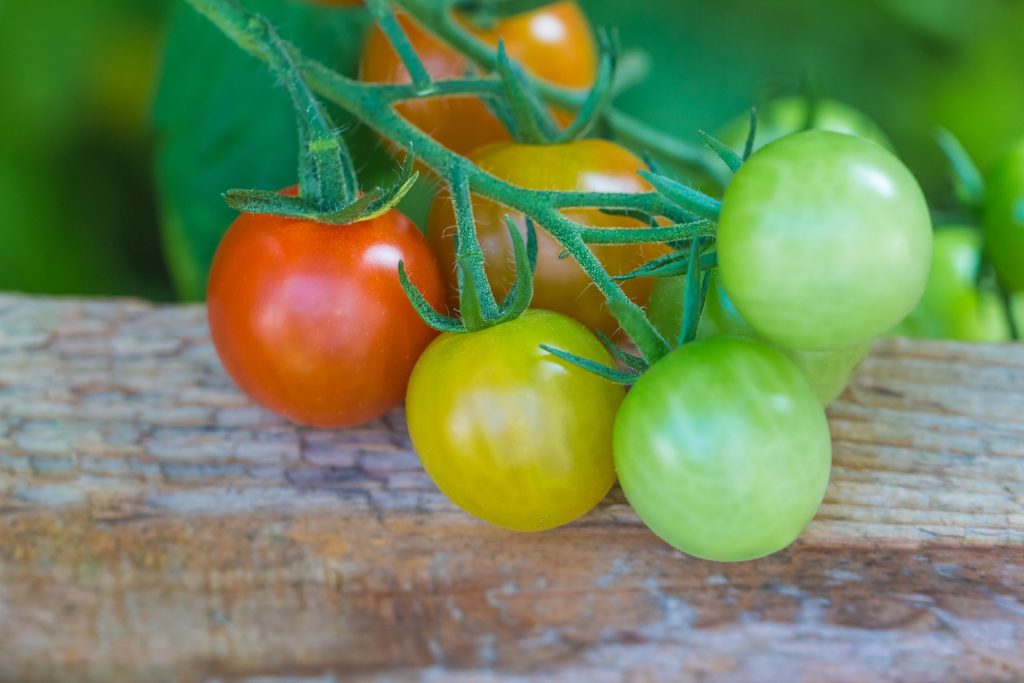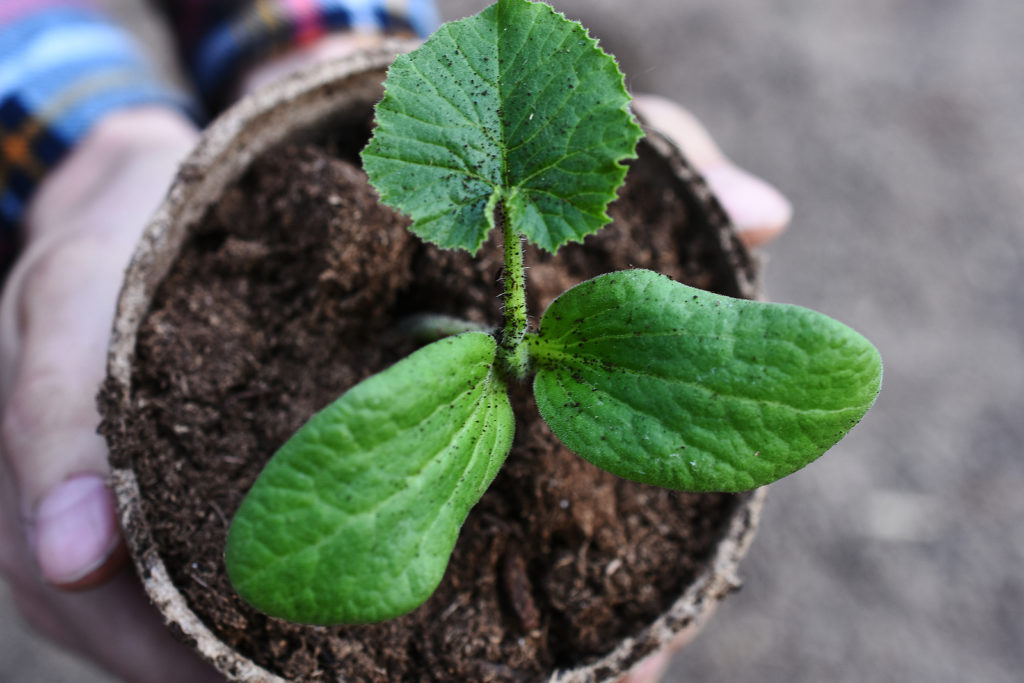Success in growing many vegetable crops is driven by warm temperatures. Not surprisingly, warm-season vegetables grow best in warm weather.
Here are the key temperatures you need to keep in mind to successfully grow warm-season vegetables:
- Soil temperature: Warm-season crops require a minimum soil temperature of 60°F (16°C) but 70°F (21°C) is optimal.
- Air temperature: The optimal air temperature for warm-season crops is between 65°F and 86°F (18-30°C).
- Problematic temperatures: Warm-season vegetables are killed by frost and suffer when the air temperature goes much below 50°F (10°C). Warm-season crops stop growing and go dormant when the air temperature is greater than 90°F (32°C); they will resume growth when temperatures drop.

Tender and very tender vegetables
Warm-season crops can be classified as tender and very tender. Tender vegetables can take a hint of chill during the day or night. Very tender vegetables can’t stand a chill and demand warm days and nights.
Good Products for Raised Bed Growing at Amazon:
- Galvanized Raised Bed 8×3
- Elevated Cedar Planter 4×2
- Walk-In Greenhouse Tunnel 15x7x7
- Row Cover for Freeze Protection 10×30
Tender vegetables can be planted in late spring and early summer when temperatures are mostly warm. Very tender vegetables are best planted in summer when there is little to no chance of a chill.

Tender vegetables
Tender vegetables are best planted one to two weeks after the last frost. The fruit and leaves of these crops can be injured by a light frost if planted too early. Tender vegetables include:
- Asparagus peas
- Shell beans
- Snap beans
- Corn
- Cowpeas
- Malabar spinach
- New Zealand spinach
- Okra
- Soybeans
- Sunchokes
- Tomatoes

Very tender vegetables
Very tender vegetables should not be planted until at least three weeks after the last frost in spring. These crops demand warm temperatures to grow, usually above 70°F (21°C). They can be stunted by temperatures below 50°F (10°C). Very tender vegetables include:
- Lima beans
- Corn
- Cucumbers
- Eggplant
- Luffa
- Muskmelons
- Peanuts
- Pumpkins
- Peppers
- Sweet potatoes
- Summer squash
- Winter squash
- Tomatillos
- Watermelons
Growing when temperatures are not optimal
Many warm-season vegetables can be grown out of their season if they are protected from temperatures below 50°F (10°C). Growing warm-season crops outside of the natural growing season is called “season extension.”. Season-extending devices include the greenhouse, cold frame, plastic tunnel, row cover, and cloche. The right device must be matched to the outside temperature. See articles on Season Extension to grow outside of the growing season where you live.
Related Articles Include:
Starting Your Organic Vegetable Garden
Know Your Garden Growing Season
What Every Vegetable Garden Needs
How Big Should Your Vegetable Garden Be?
Garden Planning Books at Amazon:
- Vegetable Garden Almanac & Planner
- Kitchen Garden Grower’s Guide Vegetable Encyclopedia
- Vegetable Garden Grower’s Guide
- Tomato Grower’s Answer Book















